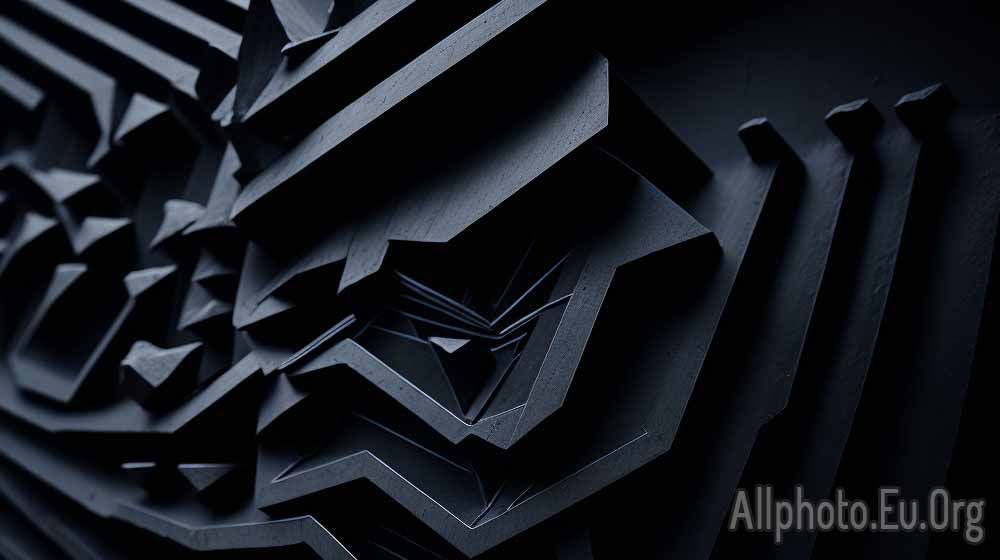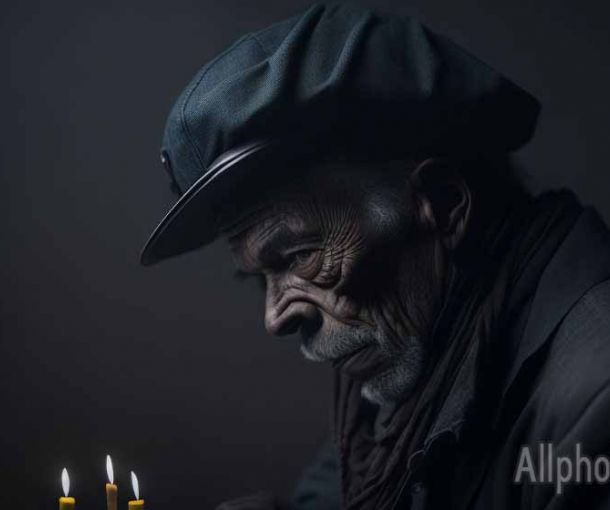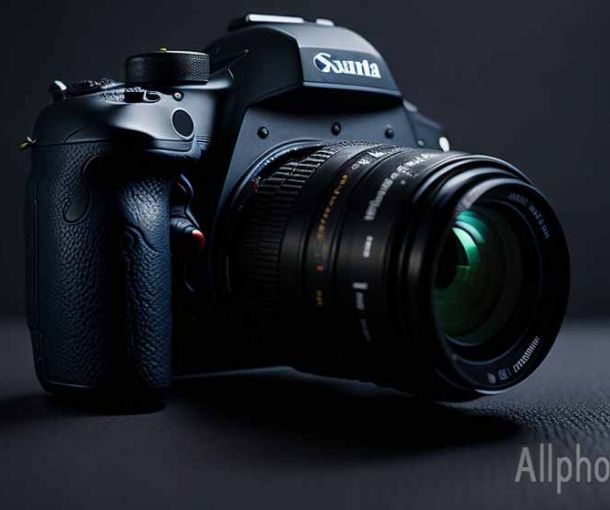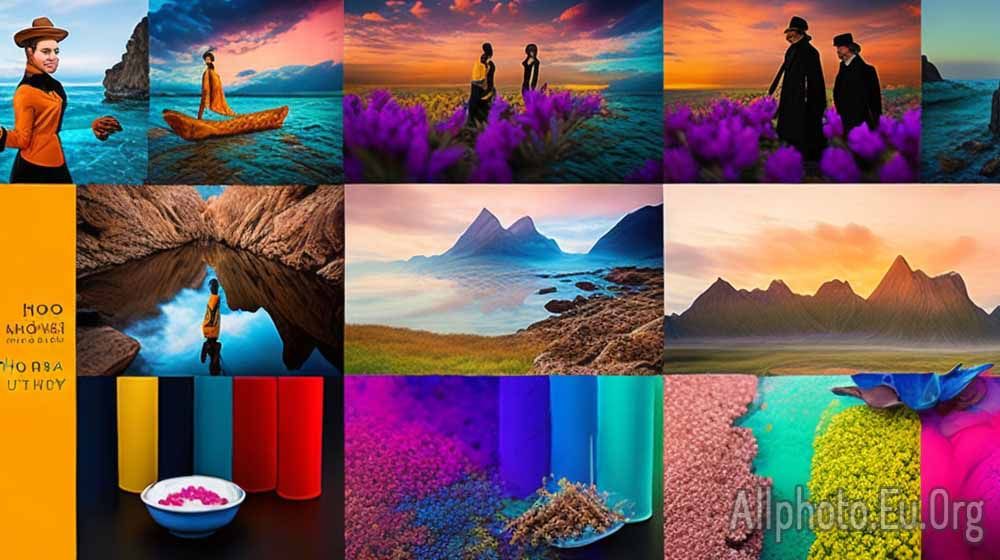The Role of Lines and Shapes in Photography: Using Geometry to Create Visual Interest

Photography is an art form that is all about capturing the perfect moment and creating an image that tells a story. A photograph can be made more interesting and visually appealing by using various techniques, one of which is the use of lines and shapes. In this article, we will discuss the role of lines and shapes in photography and how they can be used to create visual interest.
What are lines and shapes in photography?
Lines and shapes are two fundamental elements in photography that can help create a visual impact. Lines are defined as the connection of two points in space, while shapes are defined as a collection of lines that form a closed area. They both can be used to guide the viewer's eye and create a sense of movement and direction in an image.
The Role of Lines in Photography
Lines are a powerful tool in photography as they can be used to create a sense of movement and lead the viewer's eye to a specific part of the image. They can be straight, curved, diagonal, horizontal, or vertical, and each type of line can convey a different message or emotion.
Straight lines are usually associated with stability and order. They can create a sense of balance and symmetry in an image. For example, a straight line can be used to separate two contrasting elements in a photo or to create a sense of depth.
Curved lines, on the other hand, are associated with movement and fluidity. They can create a sense of rhythm and flow in an image. For example, a curved line can be used to create a sense of motion in a photo, such as the curves of a winding road or the waves of the ocean.
Diagonal lines are associated with energy and tension. They can create a sense of dynamism and movement in an image. For example, a diagonal line can be used to create a sense of depth in a photo or to guide the viewer's eye towards a specific point in the image.
Horizontal lines are associated with calmness and tranquility. They can create a sense of stability and rest in an image. For example, a horizontal line can be used to create a sense of balance in a landscape photo or to divide the image into different sections.
Vertical lines are associated with power and strength. They can create a sense of height and grandeur in an image. For example, a vertical line can be used to create a sense of depth in an architectural photo or to emphasize the height of a tree or a building.
The Role of Shapes in Photography
Shapes are also a powerful tool in photography as they can be used to create a sense of structure and organization in an image. They can be geometric or organic, and each type of shape can convey a different message or emotion.
Geometric shapes are usually associated with order and structure. They can create a sense of stability and balance in an image. For example, a square or a rectangle can be used to frame the subject of the photo or to create a sense of symmetry.
Organic shapes, on the other hand, are associated with nature and life. They can create a sense of movement and fluidity in an image. For example, the shape of a leaf or a flower can be used to create a sense of rhythm in a photo.
Using Lines and Shapes in Photography
Lines and shapes can be used together to create a visually interesting and dynamic image. For example, the combination of diagonal lines and organic shapes can create a sense of energy and movement in an image, while the combination of vertical lines and geometric shapes can create a sense of stability and strength.
One way to use lines and shapes in photography is to create patterns. Patterns are created when lines or shapes are repeated in a regular or irregular manner. Patterns can create a sense of rhythm and movement in an image and can be used to draw the viewer's eye towards a specific point in the image. Patterns can also be used to create an abstract image, where the focus is on the pattern rather than the subject of the photo.
Another way to use lines and shapes in photography is to use them to frame the subject of the photo. For example, a triangle or a circle can be used to frame the subject and draw the viewer's eye towards it. This technique can create a sense of depth in the image and can make the subject stand out from the background.
Lines and shapes can also be used to create a sense of perspective in an image. Perspective refers to the way that objects appear to get smaller as they move further away from the viewer. Lines can be used to create the illusion of perspective by converging towards a vanishing point, while shapes can be used to create a sense of depth in the image.
Finally, lines and shapes can be used to create contrast in an image. Contrast refers to the difference between light and dark areas in an image. Lines and shapes can be used to create contrast by using contrasting colors or tones. For example, a white circle on a black background can create a strong contrast and draw the viewer's eye towards the circle.
Conclusion
In conclusion, lines and shapes are powerful tools in photography that can be used to create a visually interesting and dynamic image. Lines can be used to create a sense of movement and guide the viewer's eye towards a specific part of the image, while shapes can be used to create a sense of structure and organization. By using lines and shapes together, patterns can be created, the subject of the photo can be framed, and contrast can be created. Understanding the role of lines and shapes in photography can help photographers create more visually appealing and impactful images.
Tags
Latest Articles
Most Read
All Tags
Subscribe
Donate
Please consider supporting our efforts.
© 2023 All-Photo.Cf All rights reserved.










